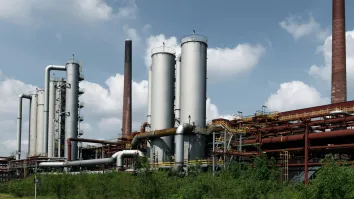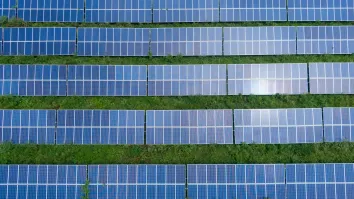
Malaysia’s TNB power station in Kenyir resumes operation
It temporarily shut down in end-February due to a landslide caused by heavy rain.
Tenaga Nasional Berhad (TNB)’s Sultan Mahmud Power Station in Kenyir, Hulu Terengganu resumed its full operation on 26 June, following its temporary shutdown on 27 February due to a landslide brought by unusually heavy and continuous rain.
In a statement, TNB said four hydro turbine units, which have 100 megawatts (MW) of capacity each, are back to operations three months ahead of their schedule, restoring the power it supplies to the national grid.
The power station units one and two were recommissioned on 19 June, officiated by TNB President and CEO Datuk Ir. Bahrain Din.
"This restoration is important in enabling the station to lower the lake water level as preparation for storing more rainwater during the monsoon season, is expected in November," said Baharin.
READ MORE: TNB subsidiaries collaborate to install 2MWp solar PV
TNB said the power station at its full operational capacity can contribute an average of 1,600 gigawatt-hours of power annually, and could avoid 537,600 tonnes of carbon dioxide emissions if power is generated from fossil fuel, equivalent to emissions from 116,869 vehicles yearly.
It added that the energy generated from the station could avoid fuel costs by around $105m (RM463m) annually if the energy was generated from coal as its prices have been rising because of the fuel crisis due to post-pandemic demand and the Russian-Ukraine conflict.
Aside from Hulu Terengganu in Terengganu, Cameron Highlands in Pahang, and Sungai Perak in Perak, the company is also developing its fourth hydroelectric scheme in Nenggiri, Gua Musang, Kelantan which has a capacity of 300MW and is expected to start operating in 2027.
$1 = RM4.41



















 Advertise
Advertise






